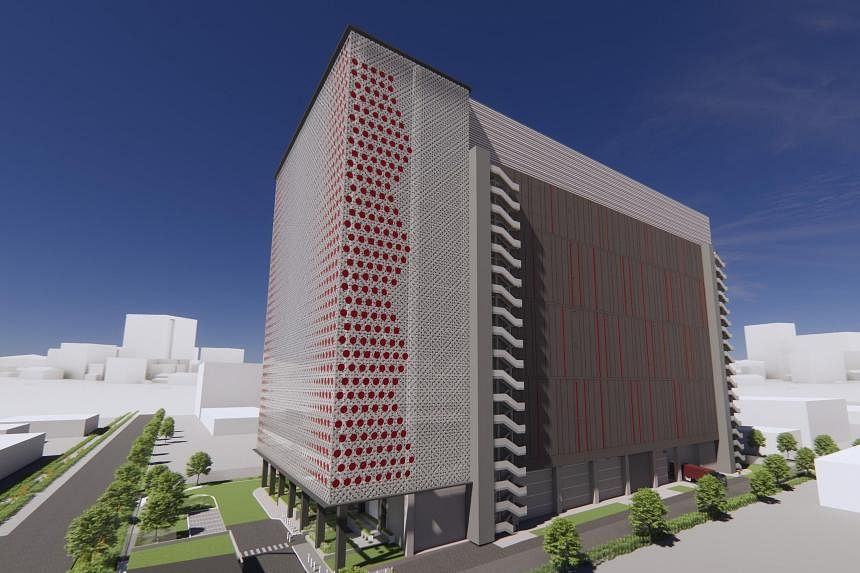SINGAPORE - Mainboard-listed Singtel’s pipeline of state-of-the-art data centres will be able to support intensive artificial intelligence (AI) workloads, while being green and connected, the telecommunications company said on Dec 5.
First on the runway is the group’s next-generation data centre in Tuas that is now under construction. It will be the group’s largest, with a capacity of 58MW, and is expected to be operational by 2025.
Singtel is also developing another two similar ultra-modern ones in Thailand and Indonesia.
The three new centres will increase the telco’s pipeline capacity of such assets beyond 200MW, and will complement its current two data centres in Singapore, which have a combined capacity of 62MW.
“All future facilities and those being built will be based on the Tuas data centre, in terms of sustainability considerations, potential AI workloads, as well as appropriate floor loading and cooling solutions,” said Digital InfraCo chief executive officer Bill Chang, in response to a query from The Straits Times.
Digital InfraCo, created in June, is Singtel’s standalone infrastructure subsidiary.
“We are exploring markets in South-east Asia, such as Malaysia, as well as other tier-one Asian markets, such as Japan,” Mr Chang added.
“There is strong demand for data centres across the region and, in particular, South-east Asia, where growth rates are in the high teens,” he said.
“With the rapid adoption of AI across various sectors, we see an inflection point in the industry for high power density, yet sustainable and hyperconnected AI data centres. This is why we are building our fourth-generation platform, specifically tailored to such intense computing environments,” he said.
The Tuas data centre is designed not only to be able to support AI functions, but also to drive greater energy efficiency by incorporating liquid-cooling capabilities.
The processors used in AI computing tend to consume a lot of power and generate correspondingly large amounts of heat. This can compromise performance or cause serious damage to the chips.
Once amply cooled, however, the Tuas facility should be able to improve its power usage effectiveness, or PUE, which is likely to reach around 1.23 at full load.
A data centre’s PUE is a measure of its energy efficiency. It is the ratio of the total amount of energy used versus the energy used by the computing equipment. A PUE of 1 indicates perfect efficiency.
This means that no power is wasted on any other uses, except to keep the computing equipment running.
In 2020, the industry average PUE for a data centre stood at around 1.58, while newer ones are at 1.4 or lower.
The environmentally friendly credentials of Singtel’s existing data centres have helped the group secure its first green loan.
On Dec 4, the group borrowed $535 million from DBS Bank, OCBC Bank, UOB and Standard Chartered Bank. This will go towards refinancing borrowings and supporting Singtel’s current data centres which have the requisite Green Mark certification.
There are plans to seek this type of financing for the other projects under construction as well, including the Tuas centre.
In terms of connectivity, the AI-ready facilities will be linked to Singtel’s various fixed and 5G mobile networks.
Underpinned by high bandwidth and low latencies, connected smart devices, such as robotics and autonomous systems, will be able to exploit AI in a host of novel ways.
Commenting on the telco’s initiative, DBS analyst Sachin Mittal said: “Singtel is taking a lead in building data centres required for hosting AI servers, which require high capital expenditure and high power density.
“Multinational customers often prefer to work with a few data centres on a regional basis, as having a regional footprint is very useful.”


